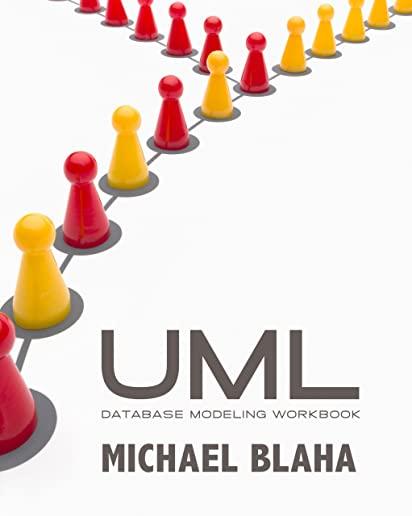
description
8
With our appetites for data on the rise, it has become more important than ever to use UML (Unified Modeling Language) to capture and precisely represent all of these data requirements. Learn how to construct UML data models by working through a series of exercises and self-assessment tests. Beginners can learn the UML directly. Experienced modelers can leverage their understanding of existing database notations, as the book extensively compares the UML to traditional data modeling (Information Engineering).
- Discover a new way of representing data requirements and communicating better with your business customers.
- Understand what UML constructs mean and how to properly use them.
- Learn subtleties of the UML. Become a power UML developer.
- Practice constructing data models with the exercises. The back of the book answers every exercise.
- Assess your mastery of the material. Each part has a multiple-choice test that can quantify your understanding.
- Improve your ability to abstract - think about different ways of representation - as you construct data models.
- Measure the quality of your data models.
- Be able to create database designs (DDL code) starting from a UML data model.
- Be able to write SQL database queries using a data model as a blueprint.
- Know the differences among operational models, data warehouse models, enterprise models, and master models. They are all aspects of data modeling.
This book is concise and to the point. You will learn by induction through reading, practice, and feedback.
member goods
No member items were found under this heading.
Return Policy
All sales are final
Shipping
No special shipping considerations available.
Shipping fees determined at checkout.







